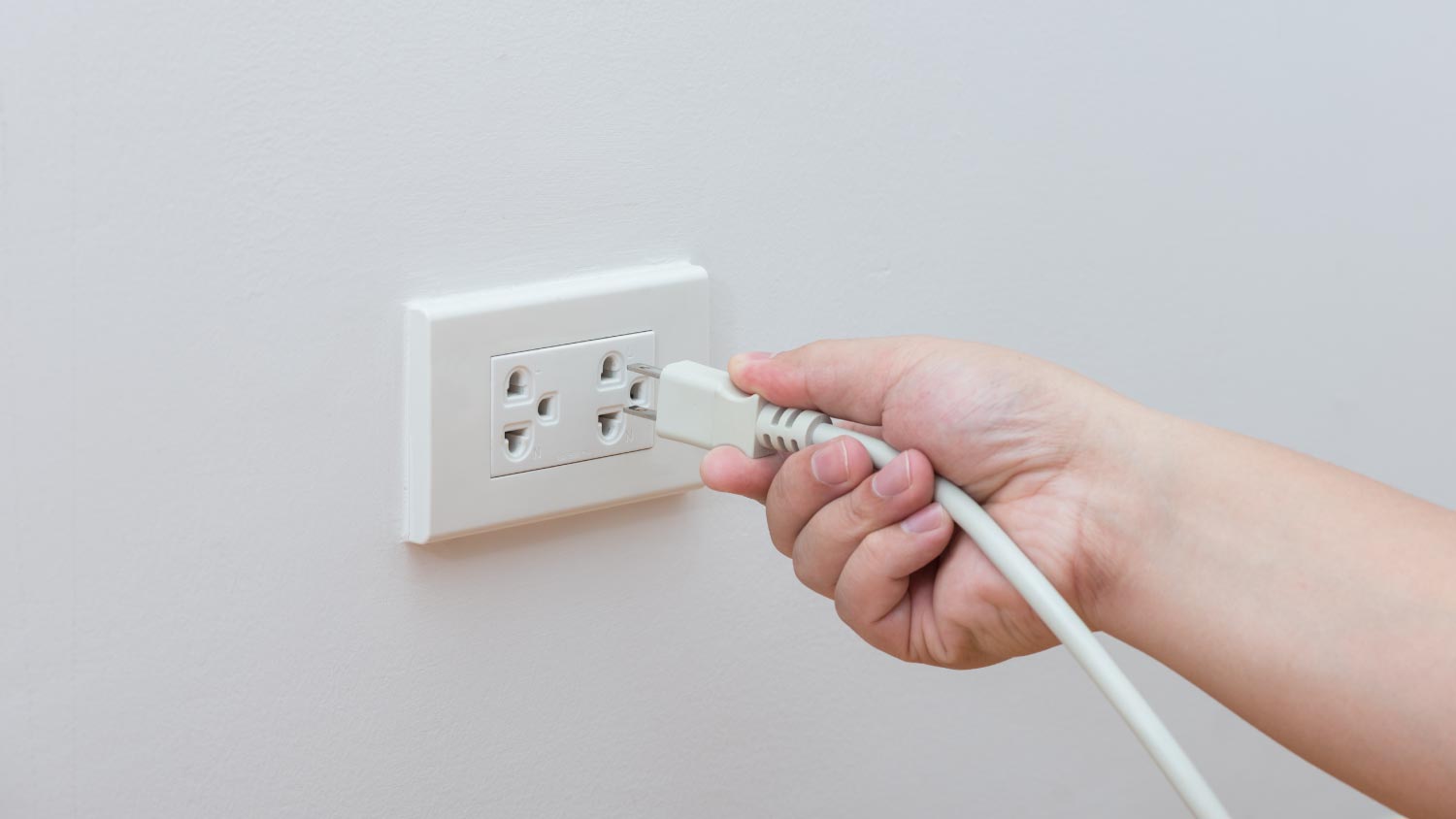Identify Sneaky Energy Hogs and Conserve Power with These 10 Tips
Stop feeding energy hogs in your home by following some easy best practices


You dutifully switch off lights and turn off the TV when you exit rooms, but did you know silent energy hogs are lurking throughout your home? Decrease your energy consumption by checking out these tips to identify appliances that are using tons of power and learn how to make some energy-efficient swaps.
1. Identify the Biggest Energy Culprits in the Home
Being aware of sneaky energy hogs is one of the first things you can do to lower your energy consumption. An infographic from Connect4Climate shows that residential energy utilization comes in third place for the biggest energy use in the United States, with 65% of that energy actually employed and an astonishing 35% wasted.
Of that residential energy consumption, here’s where you might find the biggest culprits:
Cooling and heating: 47% of energy use
Water heaters: 14% of energy use
Washer and dryers: 13% of energy use
Lighting: 12% of energy use
While you won’t be able to stop using these appliances and services entirely, this info can help you make informed decisions moving forward.
2. Swap Out Old Appliances for Energy-Efficient Ones
If you’re determined to cut down on excess energy usage in your home significantly, one of the best things you can do is gradually purchase energy-efficient appliances.
ENERGY STAR products are good options for those looking to easily identify energy-conserving alternatives around the house. ENERGY STAR states that qualifying appliances can save you between 10% to 50% on energy bills.
Here are a few additional facts about ENERGY STAR-certified products:
ENERGY STAR LED-certified light bulbs use anywhere from 70–90% less electricity than their incandescent counterparts.
ENERGY STAR-certified bathroom ventilation fans with lighting consume an average of 70% less energy compared to standard ventilation fans.
ENERGY STAR-qualified AC units are 10% or more energy-efficient than standard AC units.
Certified ENERGY STAR freezers consume 10% less energy compared to brand new models that are not ENERGY STAR-certified.
ENERGY STAR-certified dehumidifiers use approximately 15% less energy than standard units.
Ceiling fans that qualify for ENERGY STAR are around 60% more efficient than standard models.
3. Unplug Energy Vampires

One obvious way to cut down on energy use is to unplug any energy hogs in the home. While this isn’t possible for all appliances and electrical devices, unplugging that old TV in the guestroom or disconnecting that clock you never look at can lower standby power, thus decreasing your electricity consumption.
4. Use Smart Power Strips
A power strip is a more convenient option for those regularly used appliances that you don’t want to keep unplugging and then plugging back in. However, you don’t want to choose just any power strip; you want a smart power strip. Smart power strips are an energy-conserving game-changer because they detect devices and appliances in standby mode and cut off the power supply to any devices plugged into them.
5. Replace Incandescent Light Bulbs With LED Light Bulbs
Incandescent light bulbs may bring you a sense of nostalgia, but switching to LED light bulbs can save you energy. ENERGY STAR states that ENERGY STAR light bulbs can save you 90% of the energy that traditional light bulbs use. They also last 15 times as long and are around 70% to 90% cooler, keeping your home more comfortable.
6. Block Air From Leaking to and From Your Home
Window and door cracks can make for a drafty house. On cold nights, cool air seeps in, while in the summer, all that cold air your HVAC system is producing goes out the window! Caulk your windows, apply solar window film, and add weatherstripping to your doors to reduce unnecessary energy costs.
7. Make Use of Your Ceiling Fans
Ceiling fans increase the circulation of air in your home and can create a wind-chill effect that cools you down on those hot, sunny days. But did you also know that ceiling fans can help keep your home warm, too? Changing the setting of your fan to move clockwise in the winter can effectively push the hot air that rises from your heating system back down. This simple trick means that your HVAC system doesn’t have to work as hard to regulate the temperature, cutting down on excess energy use.
8. Replace Dirty HVAC Filters
Speaking of HVAC systems, be sure to clean or replace all filters monthly in the summer and bimonthly in the cooler seasons. According to Energy Saver, an HVAC system with a dirty filter can use 5% to 15% more energy than the same unit with a clean filter.
9. Commit to Routine Maintenance of Your Appliances
You’ll want to have HVAC systems inspected annually, along with water heaters and other appliances, to ensure that they’re operating at their best. This step is especially important if your appliances are older, as they become more prone to wear and tear over time.
10. Hire a Pro to Conduct an Energy Audit
Sometimes, playing detective to the stealthy energy hogs in your home and DIYing energy conservation can feel a little overwhelming. In this case, find a local energy auditor to determine the root causes of your home’s energy depletion for a much smoother process.

